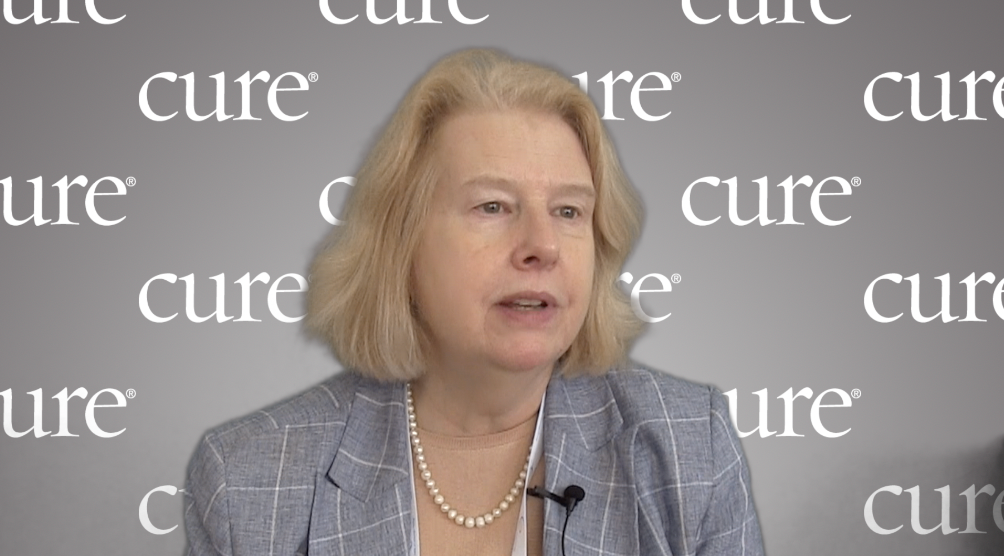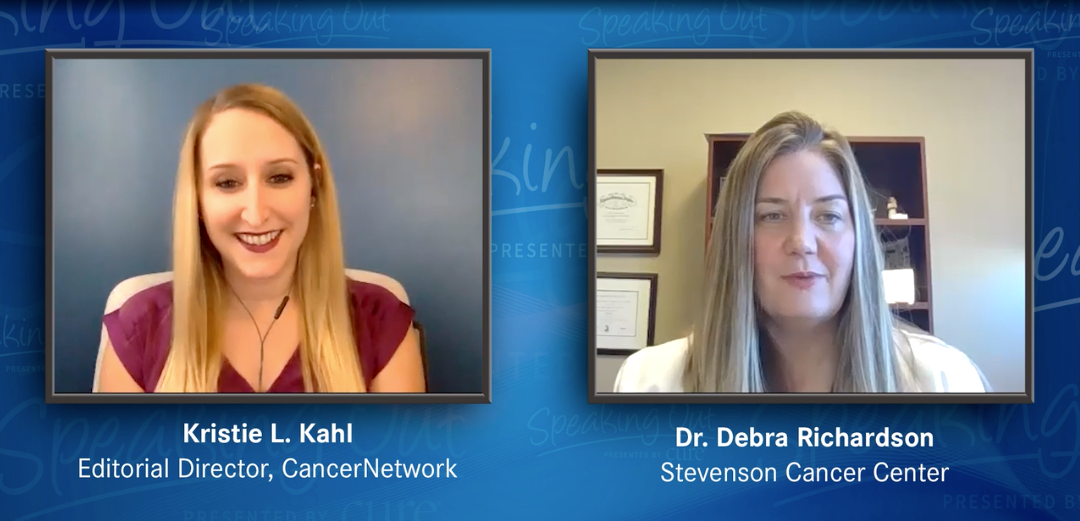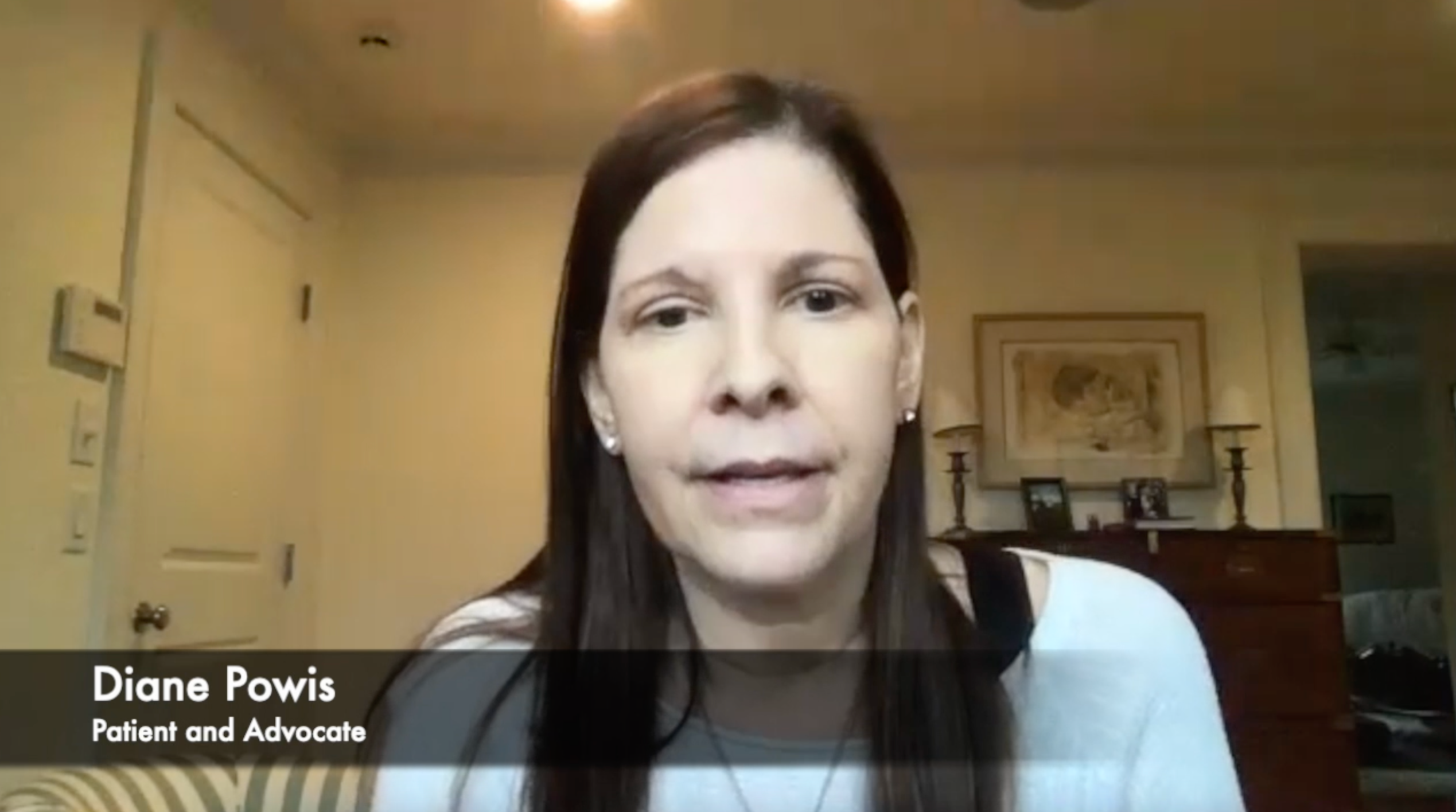Article
Tumor Testing Accelerates Process to 'Conquer Final Frontier' in Ovarian Cancer
Author(s):
With the number of treatment options consistently increasing, tumor testing is growing more important to personalize care for women with ovarian cancer.
Tumor testing is essential in helping to personalize care for women with ovarian cancer, Julie A. Elvin, M.D., Ph.D., said during a presentation at the 2018 National Ovarian Cancer Coalition (NOCC) Annual Meeting.
“There is a huge and rapidly growing need in oncology today for better information to aid in the decision-making process around all of the available treatment options that you and your loved ones are presented with,” said Elvin, vice president and senior associate medical director at Foundation Medicine.
“As the number and treatments expand, it becomes more complicated to weight the cost benefit, risk benefit and the opportunity cost of each of those potential treatments against each other,” she added.
Each person’s cancer is unique, meaning that even when two people have tumors in the same part of their bodies, their tumors may differ on a molecular level. This is when testing for germline and somatic mutations comes in to play.
Germline mutations are inherited, present essentially in every cell in the body and the vast majority of tumor cells, and can be detected by testing any source of cells with nuclei (white blood cells, cheek scraping, tissue). Somatic mutations are acquired during a person’s lifetime, present only in tumor cells, and can be reliably detected by testing the tumor tissue, although they can also sometimes be detected by collecting and testing the cell free DNA circulating in the plasma of the blood.
Tumor testing includes tests directed at detecting single gene markers, hot-spot next generation sequencing panels or comprehensive genomic paneling.
“When you use one of these comprehensive approaches, you not only get to look at the entire genes, but you get to look at additional information that is really exciting and is forming the basis for some of the most interesting advances in therapy coming out for ovarian cancer,” said Elvin. “It is the concept of homologous recombination repair deficiency (HRD).”
Because HRD can be a complex concept — and affects whether a PARP inhibitor may be the best treatment option for a woman with ovarian cancer, Elvin compared it to traffic on a highway: When using homologous recombination (HR), a DNA repair pathway for double-strand breaks (which is catastrophic to an individual’s cell), it means the highway is open with no traffic to repair these cells. Without HR, cells rely on alternative, error-prone DNA repair pathways, meaning they have to come up with a back-up plan – the highway is closed, but there are detours to side streets the cells can still take to repair. However, Elvin noted these back-up repair pathways are not as good.
HRD cells are susceptible to PARP inhibitors because, in traffic terms, the agent forces the cells in to a traffic gridlock. “Those tumor cells eventually accumulate so many breaks that they can’t replicate any more that they die, which is what we want,” Elvin explained. “Detecting cells with this phenomenon allow us to predict which one we are going to have effective responses to PARP inhibitors.”
Lastly, cells with intact HR require other treatment strategies because, simply, the highway is open for them to travel upon.
Therefore, tumor testing is essential. “It is actually very easy, and jus requires the knowledge that it exists,” Elvin said.
“Personalizing care by rationally matching therapies based on better information can lead to improved patient outcomes and accelerate progress towards a better, brighter future,” she added. “Together we can conquer the final frontier, which is ignorance. So, help your doctors help you.”















